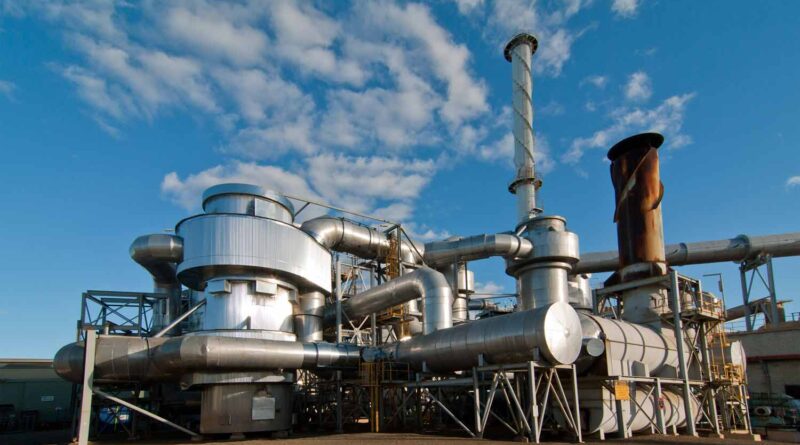More Nickel HPAL processing plants being built in Indonesia
In July 2022 the Indonesian Nickel Miners Association (APNI) outlined that in addition to the three operating high-pressure acid leach (HPAL) plants, another seven (five in Sulawesi) were at various stages of development.
It is estimated that for every tonne of nickel produced via HPAL around 1.4-1.6t of waste is also produced.
While HPAL has a lower energy intensity than laterite smelting (and therefore a lower CO2e footprint), it does create considerably more waste than nickel smelting. It is estimated that for every tonne of nickel produced via HPAL around 1.4-1.6t of waste is also produced.
Tailings disposal is particularly challenging to deal with in environments such as Sulawesi where there is limited space for large dams due to the island’s topography, thick vegetation and high rainfall. Plus, the area is seismically active.
At Ramu in Papua New Guinea, MCC was able to adopt deep-sea tailings disposal (DSTP). However, Indonesia has, for now, not permitted the use of deep-sea tailings disposal and therefore tailings need to be stored on land.
The outlawing of DSTP was a ruling which also meant that the HPAL projects were delayed somewhat while alternatives were found. The requirement for land-based tailings disposal also added to the capital costs.
On-land options include the dry stacking of tailings, using tailings as backfill in mines and building conventional tailings dams. Due to rainfall, the potential for dry stacking is difficult and costly, but by building a conventional tailing dam with very little hard-rock available to secure its walls, there is always a risk of collapse.
At PT Halmahera Persada Lygend tailings are currently being treated as backfill to the mining operations, and at HNC (and likely at QMB), dry stacking is being investigated. Both methods are high cost when compared with DSTP but are far more palatable from an environmental perspective.
In 2022, Wood Mackenzie estimated that 1.5 Mt of nickel would come from Indonesia’s NPI, matte and HPAL operations, accounting for around 47% of total global production. By the end of the decade this proportion is expected to expand to 55%. This is remarkable given the country’s share was less than 7% in 2015.
Moreover, future nickel supply for both the battery sector and stainless steel sectors will be dependent on Indonesia. The success of the new generation of HPAL operations will be largely linked to how the country deals with the waste generated from these facilities. If this is done well, both the environment and the Indonesian people will benefit. Quite the opposite if the approach turns out to be inadequate.
Indeed, there is little doubt that Chinese investment in HPAL operations in Indonesia will result in more intermediate (MHP, nickel sulphate) production given the success of the first two plants. As the chart below shows, potential intermediate production could increase to 831 Kt/y Ni by 2025. Assuming an ore grade of 1.1% Ni and 85% recovery, the ore requirement is 88.8M t/y, which will generate 133 Mt of waste per year.
So the question around the expansion of HPAL technology is whether the waste can be disposed of in a safe manner, or will it be geography that limits their development rather than technology?




